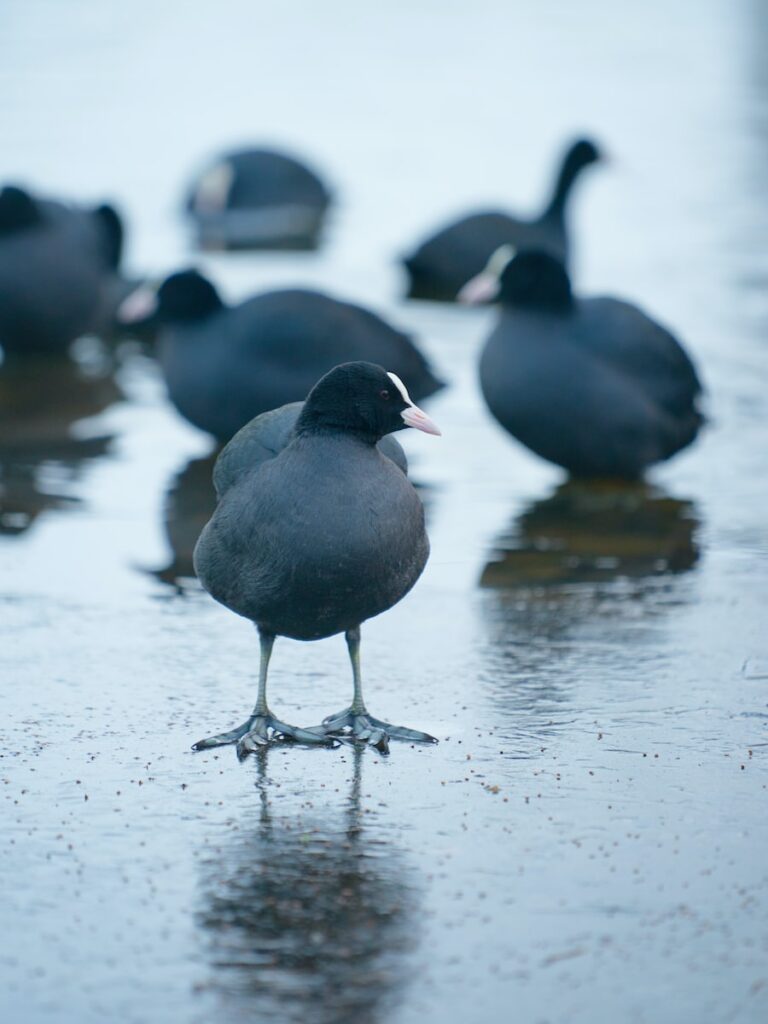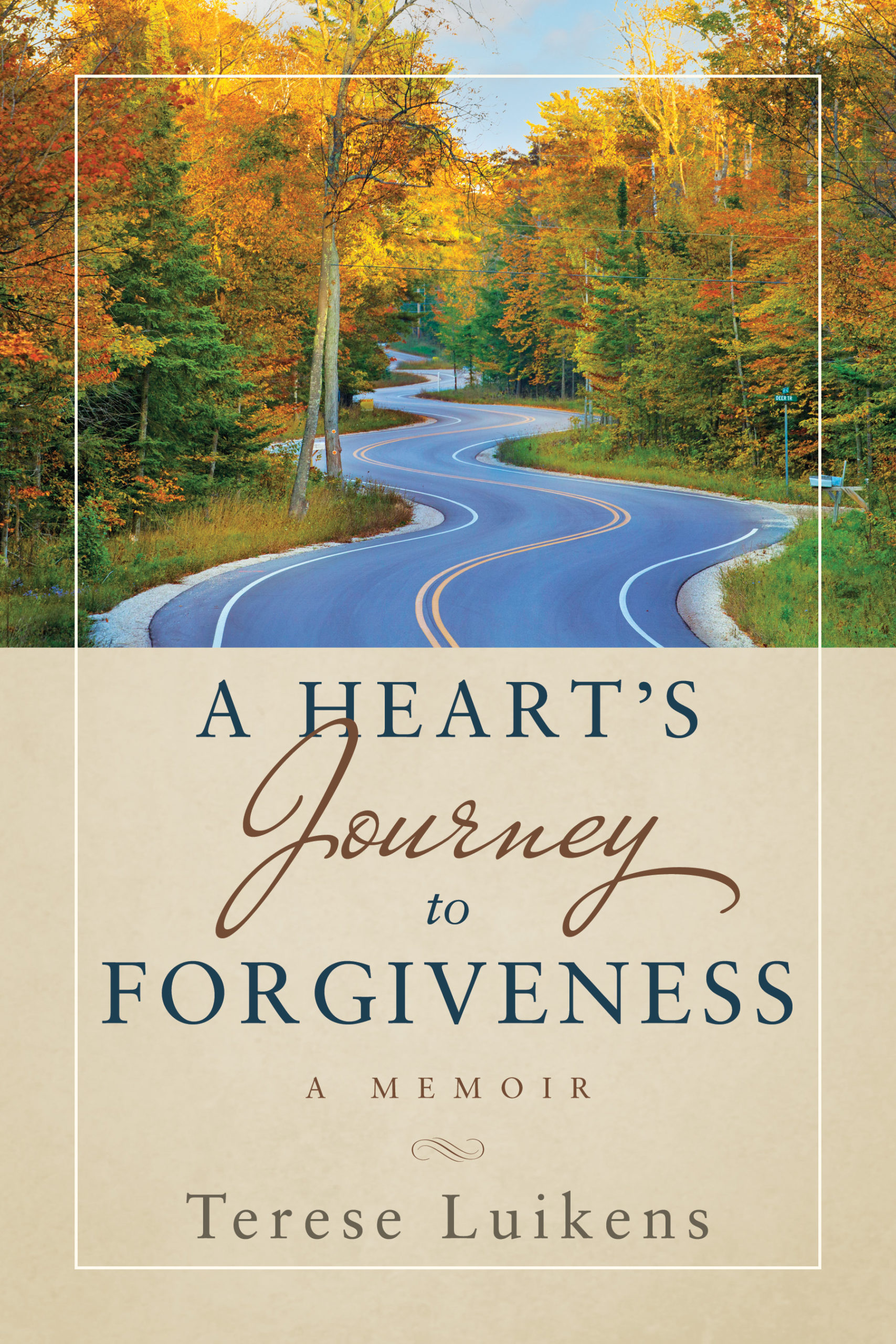
Why Bother Learning from the Coots?
I am fortunate. I live in an area where wildlife and humans coincide. My yard is a well established trail way for deer and moose who sometimes bed down, nibble on my fruit trees or eat bird seed from my feeder. Then there are the geese, who when flying south for the winter, take a break from the sky and land in the fields behind my house to rest and refuel. Since eagles live in our area year round, I can usually spot one or two on my commute to or from work as I drive across a mile long span of bridge over a portion of Lake Pend Oreille. I never tire of observing these animals that live around me and I admire their tenacious survival skills.
A Cluster of Coots
Just the other day, on my way home from an especially grueling day at work, I spotted a cluster of coots on the water. They were packed so tightly together that they looked like one large black mass. Overhead, I spotted an eagle who was attempting to snag one coot without much success.
I’ve learned that coots are actually birds, not ducks. They are closely related to the crane and their feet look much like that of a crane. Yet in a lot of ways, coots act like ducks. They float on the water, eat a duck-like diet and mingle with other ducks such as geese. But one thing that coots do that ducks don’t is when in danger, the whole flock comes together to protect each other.
I do not know how coots learned how to snuggle close when under attack. Is there a leader who shouts out, “Eagle!” thus signaling all the others to move in fast to form one large mass? I doubt there is much arguing or jockeying for position. They simply come together to accomplish their one goal: survival.
This conglomeration of coots is called a covert or raft. What it looks and sounds like from an eagle’s perspective is anyone’s guess. But, instead of one lone bird being easy pickings for the predator in the sky, the eagle has to contend with a large tight mass made up of hundreds of coots. Ingenious!
Reflecting on those birds and their tightly knit covert, I got a little sentimental. I’d just finished a tough day, but I’d not been alone. I work with my own cluster of coots who form a tightly knit mass around me when I’m flailing.
The day had been one absent of students but filled with the tedious job of entering grades into a new software program. At one point, I had two teachers surrounding me and my computer to help figure out the errors that showed up on my screen. Then after fixing that problem, I wrestled with interpreting the test results of my students and how to help them be more successful with the tests they will take again in the spring. My principal came to my aid and while he sat beside me looking at the data, we made a plan. Though some of my coworkers finished their day earlier than I did, I was not alone in the building. Others, like me, worked later into the afternoon to put the finishing touches on our plans for the coming week.
Yes, it had been a long and tough day, but like the coots, I too have a flock who help me survive.
Why bother learning from the coots? There is a lot we can learn from these duck-like birds. All we have to do is to note how they come together in order to survive.
New Release
